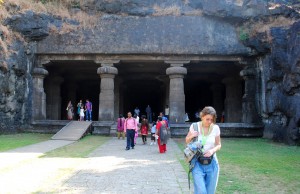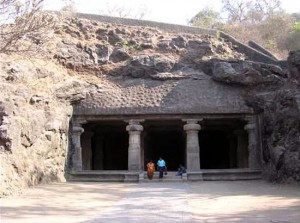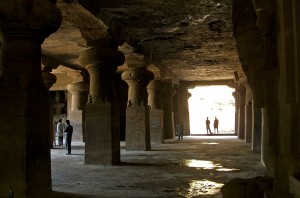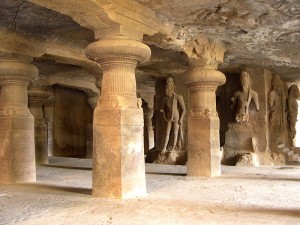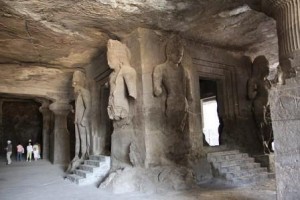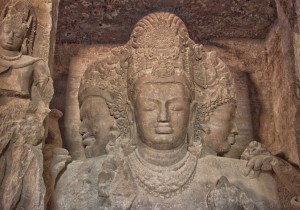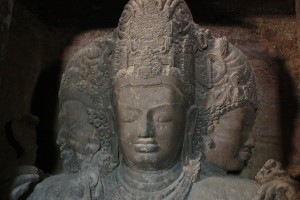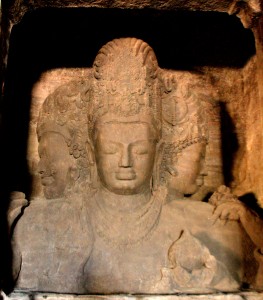Written by Soudip
April 28th 2014Other Places
You Are Here
Home > India > Shaniwar Wada, Pune Historical Facts and PicturesElephanta Caves Historical Facts and Pictures
The Elephanta Caves, located on the Elephanta Island (earlier known as Gharapuri) in Mumbai Harbour, about 10 km in the east of Mumbai in Maharashtra, India, are a group of sculpted caves now preserved by the Archaeological Survey of India. The caves are located on one arm of the Arabian Sea and are divided into two groups – the Hindu caves, comprising of five large caves with Hindu stone sculptures and the two Buddhist caves. The place was acknowledged as a UNESCO World Heritage Site (1987) after its renovation during the 1970s.
The Island of Gharapuri was a Hindu religious place until the beginning of Portuguese rule in 1534. The Portuguese named the island Elephanta after the gigantic elephant statue that adorned the entrance to the place. The statue is currently placed outside the Bhau Daji Lad Museum at the Jijamata Udyaan in Mumbai.
Elephanta Caves
Elephanta Caves Inside
Elephanta Caves Trimurti
The sculpted works of the caves are dated back to the period between the fifth and eight centuries. However, their original architects and builders have not been identified. Most of the rock-cut sculptures in the Hindu caves are dedicated to Lord Shiva with the 20-feet tall Trimurti sculpture being one of the main attractions of the place. Traces of paint on the basalt caves indicate that the artworks were originally painted.
Category
IndiaWritten by Soudip
April 28th 2014










